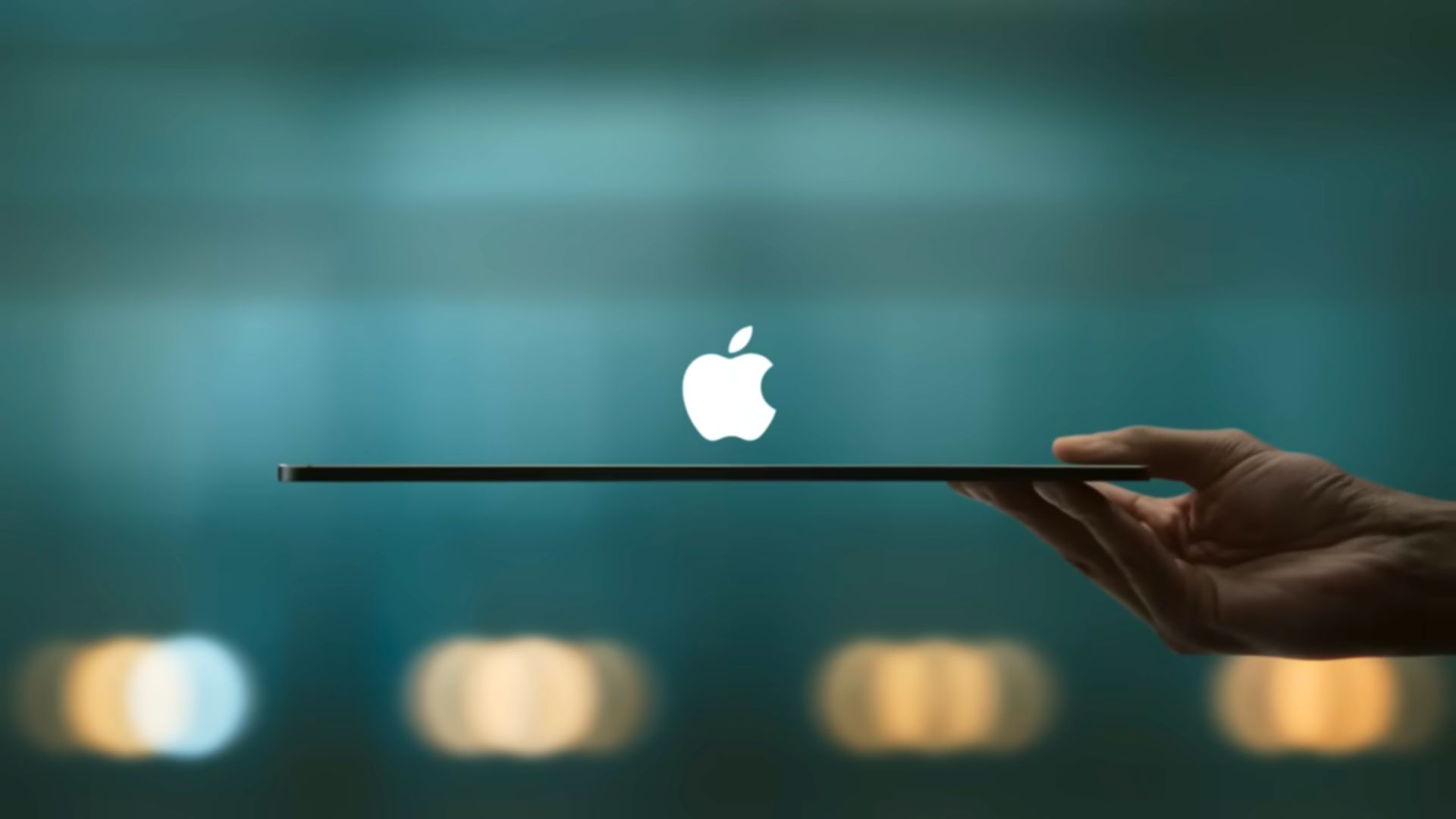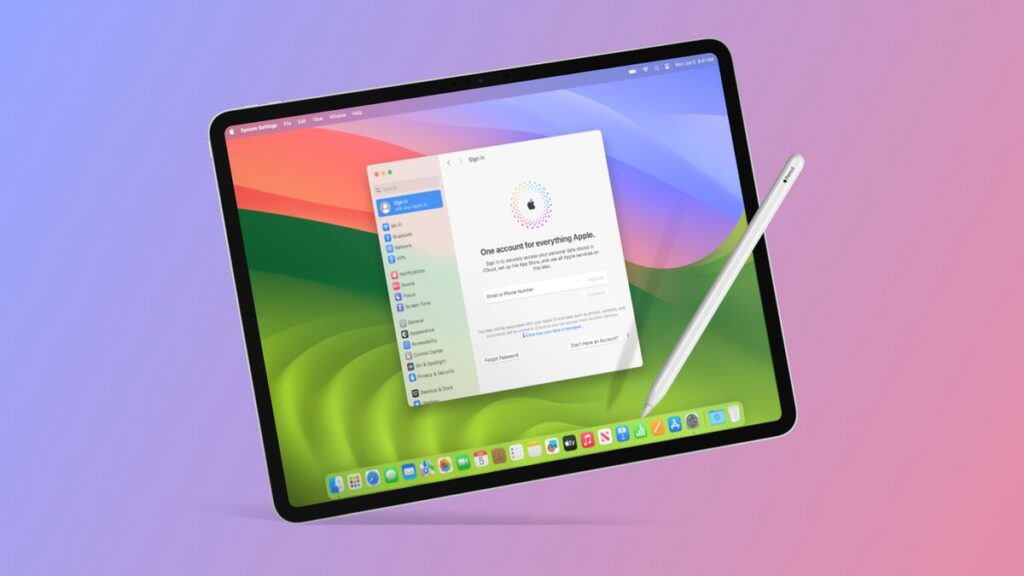Apple’s decision to include the latest M4 chipset in its latest 11-inch and 13-inch iPad Pro models in May significantly increased interest in the company’s premium tablets. However, a new report shows that interest and associated demand has decreased significantly, which may be due to several factors.
Apple M4 iPad Pro:
A recently released report by DSCC Supply Chain Analyst Ross Young, a reliable source of pre- and post-launch information for Apple’s iPhone and iPad, highlights the production scale-down of the M4 iPad Pro’s OLED panel. This suggests that Apple may have overestimated its OLED panel production volume. The demand for modern tablets is increasing.
According to Young, the number of panels shipped this calendar year (and included in this new iPad model) was originally estimated to be around 10 million. But Young believes the actual number is likely closer to 7 million, if not lower.
Does this suggest that the M4 iPad Pro is a failure? Not at all. However, despite the impressive upgrades available in Apple’s latest products, it suggests that they are not appealing to customers at the scale the company originally hoped. So what’s to blame?
Apple’s M4 iPad woes: What’s causing it?
The new M4 iPad Pro is impressive, but it’s not without its flaws. Aside from the recent iPadOS 18 update that rendered Apple’s newest iPad Pro inoperable, the lower-than-expected demand for this premium slate may have more to do with price and availability.
The 11-inch and 13-inch M4 iPad Pro have starting prices of $999 and $1,299, respectively. It’s a sizable investment that can jump to $2,599 if you want the best configuration.
While the latter price is probably reserved for those who want to use the M4 iPad Pro as a laptop replacement, that incredible price also includes the new Apple Pencil Pro ($129) and the Magic Keyboard ( That doesn’t even take into account the cost ($349). The iPad Pro price increases to $3,077, and that doesn’t even take into account the cost of the AppleCare+ plan.

That’s an amazing amount of money to spend on a tablet, which is often seen as a sub to a good laptop or smartphone, and rarely as a primary device. Notably, research data provided by Consumer Intelligence Research Partners (CIRP) shows that up to 42% of iPhone users offset the cost of a new model with a trade-in, while only 3% of iPad owners do the same. That’s what it means. This significantly limits how often fans of Apple’s slate can upgrade and puts a much higher price bar.
There’s also the issue of justifying the M4 iPad Pro’s inflated price, but only in relation to its much more affordable 11-inch and 13-inch iPad Air counterparts (starting at $599 and $799, respectively). Not that there are. The M4 chip makes the new iPad Pro the most powerful in Apple’s catalog. However, iPadOS has few features that allow users to get the most out of it.
I’ve long believed that the iPad Pro has overtaken iPadOS, but touchscreen MacBooks are still a fantasy, and there’s currently no framework for macOS to make the jump to Apple’s slate. We were left with an impressively powerful tablet, but we have little to do with it.
outlook
Another factor that could impact M4 iPad Pro sales is that many Apple users may be waiting for future M4 MacBook Air and MacBook Pro models. The latter is expected to be announced at Apple’s upcoming Mac and iPad event in October.
Thanks to macOS Sequoia, these platforms are less restrictive than iPadOS, allowing users to take full advantage of Apple’s latest M4 chipset and do it at a more justified price than the $1,000+ iPad Pro. Masu.


